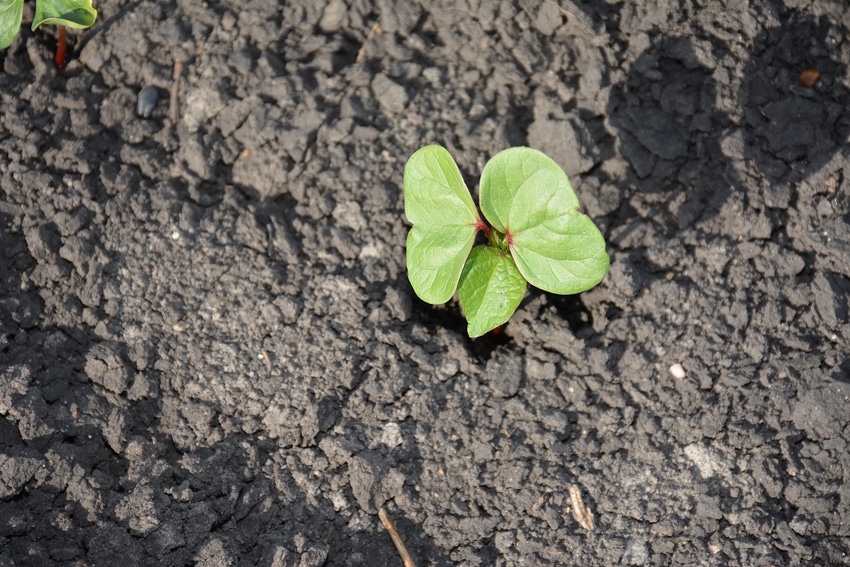
Decisions cotton farmers make early in the season may make a significant difference in how well the crop performs from emergence through harvest — and it all starts with quality seed, says Dale Mott, Texas AgriLife Extension program specialist at College Station.
Speaking at the Ag Technology Conference at Commerce, Texas, he said cotton seed quality affects emergence. Last season’s production may be a factor in how good planting seed are. “In good production years, seed quality differences are not as variable. In low production years, we see more inconsistency.”
Mott recommends that farmers obtain cool/warm vigor index information to judge seed quality. “A 60 percent germination rate after four days is fair,” he says. A 70 percent rating is good and 80 percent is excellent. Producers can get ratings from the seed companies, if they are not included on the bag (not all are).
He also recommends that growers plant at least two varieties to spread risk. “Different varieties may vary in vigor index ratings,” he says. With seed treatments, “vigor ratings are a little less significant.
Producers may save money by judicious reduction in seeding rates, Mott says. “With higher seeding rates, we see more competition for sunlight and moisture. We also pay more, and we get less sunlight on individual plants. In general, individual plants also put on less fruit at higher population rates. It’s a good idea for farmers to find a happy medium that’s most productive in their fields.”
FOR STRIPPER COTTON
He recommends slightly higher plant populations for stripper cotton varieties than for picker varieties in order to aid harvest efficiency due to differences in the two types of systems.
Plant populations will be a little less than planting rate, he says. For example, in one trial, at a planting rate of 2 seed per foot of row, the end result will be 1.7 plants per foot. At 4 seeds per foot, plant population will be 3.2 per foot, and at a 6 seed per foot, plant population is 4.6 plants per foot of row.
Mott says nutrient management is another critical factor, especially nitrogen. “We need 50 pounds of nitrogen per acre to make a bale of cotton. Residual nitrogen counts toward that demand, and we can count up to 100 percent of residual nitrogen from zero to 24 inches deep in the soil profile against that recommendation. At 24 inch to 36 inch depths, we can count 50 percent of residual nitrogen toward demand.”
Many fields show phosphorus levels running low, Mott says. “We see an economic benefit from banding phosphorus, and additional value by injecting potassium.”
This could be a good year to make up some nutrient deficiencies, he says. “Fertilizer prices are relatively lower this year compared to 2016, so you may justify adding phosphorus and potassium while costs are low. We will need those nutrients at some point.”
He recommends that growers pull soil samples at least every other year. “Nitrogen will be the most valuable nutrient,” Mott says.
About the Author(s)
You May Also Like






